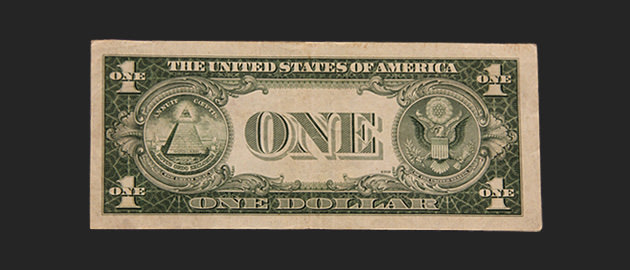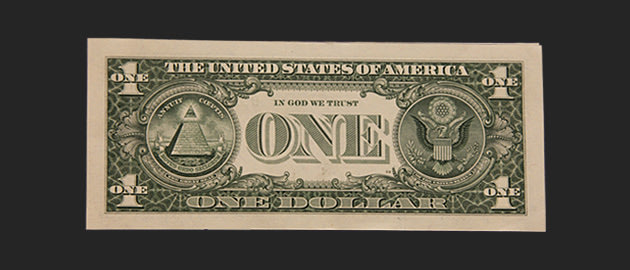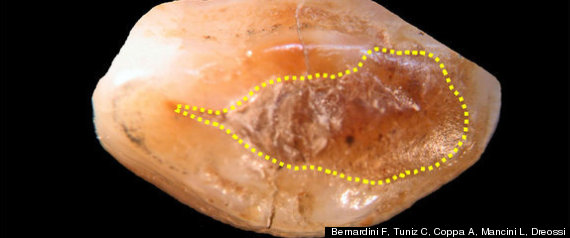 Vaune Trachtman
Vaune Trachtman
Entrance to the Bengali Express Monorail at the Bronx Zoo.
David Villalobos, of Mahopac, N.Y., was
riding the zoo's open-air monorail through the 43-acre Wild Asia
exhibit at about 3:23 p.m. when he leaped out, officials from the zoo
and New York Fire Department said. He cleared the exhibit's perimeter
fence and fell 17 feet, landing inside.
A 400-pound male Siberian tiger named Bachuta attacked him, mauling
him with bites and puncture wounds on his arms, legs and back, Bronx Zoo
Director Jim Breheny said. One of his legs may have to be amputated, a
law-enforcement official said.
An ancient cracked tooth repaired with a filling made of beeswax may
be the earliest known example of therapeutic dentistry, researchers
say.
The tooth is 65 centuries old and was part of a man's jaw found more than 100 years ago in Slovenia.
Definite evidence of ancient dentistry is rare. The
oldest examples are 7,500- to 9,500-year-old molars found in Pakistan that had
regularly shaped cavities with concentric ridges drilled into them. Other, more questionable finds include a 5,500-year-old artificial tooth from Egypt.
Scientists reported online today (Sept. 19) in the journal
PLoS ONE
that they found the filling as they analyzed a 6,500-year-old lower jaw
recovered from a cave near Trieste, Italy. The jaw, which once belonged
to a 24- to 30-year-old man, included a left canine tooth possessing a
vertical crack in its hard enamel and softer dentin layers. The severe
wear and tear seen on the tooth was probably due to activities besides
eating, the researchers said — for instance, men of the time might have
used their teeth to soften leather or help make tools, and the women
bit down on threads to hold them while weaving.
Now have a look at the back. Notice anything missing from the old one on top?


The phrase "In God We Trust" is absent. The 1935 series certificate
was the last paper currency in the nation whose run began without the
language -- it had been used and dropped previously on
certain American coins.
However, it was added later in the series, which was printed for
several years. The bill we're showing here is the 1935F, without the
wording, but it can be found on some subsequent G notes, first appearing
in 1961, and on all of those in the H run, the last of the 1935s.
(Other, newer bill series first carried the phrase in 1957.)
What Science Can't Explain
Science is powerful, but it cannot explain everything.


 Vaune Trachtman
Vaune Trachtman




No comments:
Post a Comment